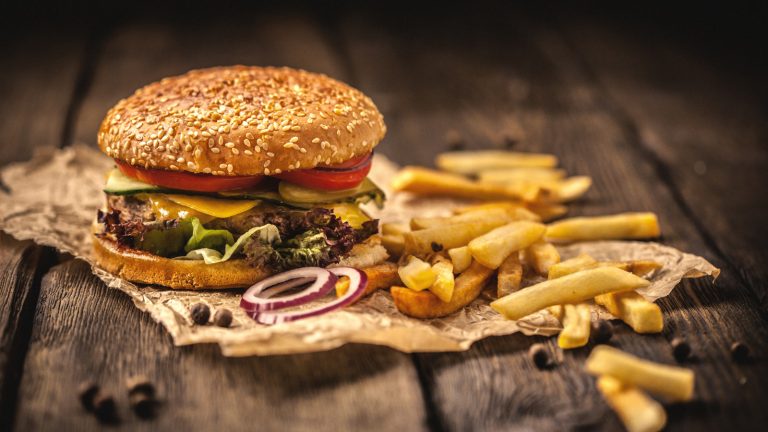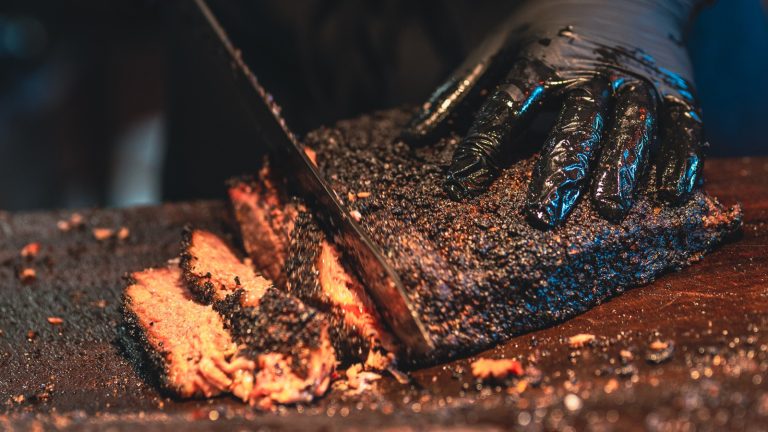At the simplest level, the difference between canned tuna packed in water versus oil is self-explanatory: one will have oil in it and the other, water. But for home cooks, there’s a more practical question that can be tougher to answer: How do you decide which one to use for certain recipes?
If you’re conscious about nutrition, there are a few differences that could help you make the decision. The oil version contains more fat but it also has more vitamin D, while its watery counterpart retains healthy omega-3 fatty oils (that said, if you avoid draining the oil-packed tuna, it will retain more of its omega-3s). In this case, it’s just a matter of which nutrients you want.
For everyone else, the choice is hazier. You’ll want to consider the effects that water or oil will have on the broader recipe. Water tends to weaken the fishy taste of tuna, so it’ll work well in settings where the tuna isn’t the centerpiece of a dish, or if you’re concerned about it overpowering other flavors and want a cleaner taste. Oil, meanwhile, will give a more concentrated, fishy hit of flavor, so if it’s the focal point of a recipe (or that’s just your personal preference), reach for that one. Bear in mind that oil may also add its own flavor. Canned tuna tends to be packed in either vegetable or olive oil; the former is fairly flavorless, but the latter will also add a savory dimension that could complement or clash with other ingredients.
The kinds of recipes that work for each tuna
Generally speaking, if you’re preparing a recipe that already contains a substantial volume of another fatty ingredient (this could be other oils or additions like cheese and avocado) or that’s already quite rich, you may want to choose water-based tuna. This could include recipes like tuna salad (where the mayo, made from oil, adds the fat), tuna bakes and casseroles (where fat comes from cheese or butter), or the classic tuna melt. Using oil-based tuna could just make for an overly greasy final product. In general, creamy ingredients go well with water-based tuna. It also tends to be a little firmer, so it can be a good option when making perfectly textured tuna burgers where you want it to hold together.
Oily tuna will work well when its oil can be incorporated into the recipe. A Mediterranean recipe like pasta puttanesca with tomatoes, garlic, and onion is a good example, or perhaps a no-mayo tuna salad recipe like niçoise. Tangy or acidic ingredients like olives or tomatoes generally balance well with oily tuna. Its bolder flavor works well for sandwiches and in instances where you want to eat the tuna as it as right out of the can. Pay attention to the type of oil in your can, too: If you’re cooking an east Asian-style recipe, olive oil may clash in terms of flavor, but if your tuna is in vegetable oil, it’s neutral enough that you won’t run into problems.






